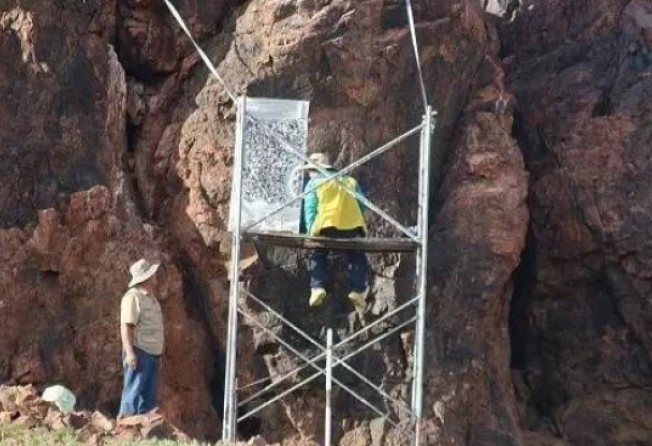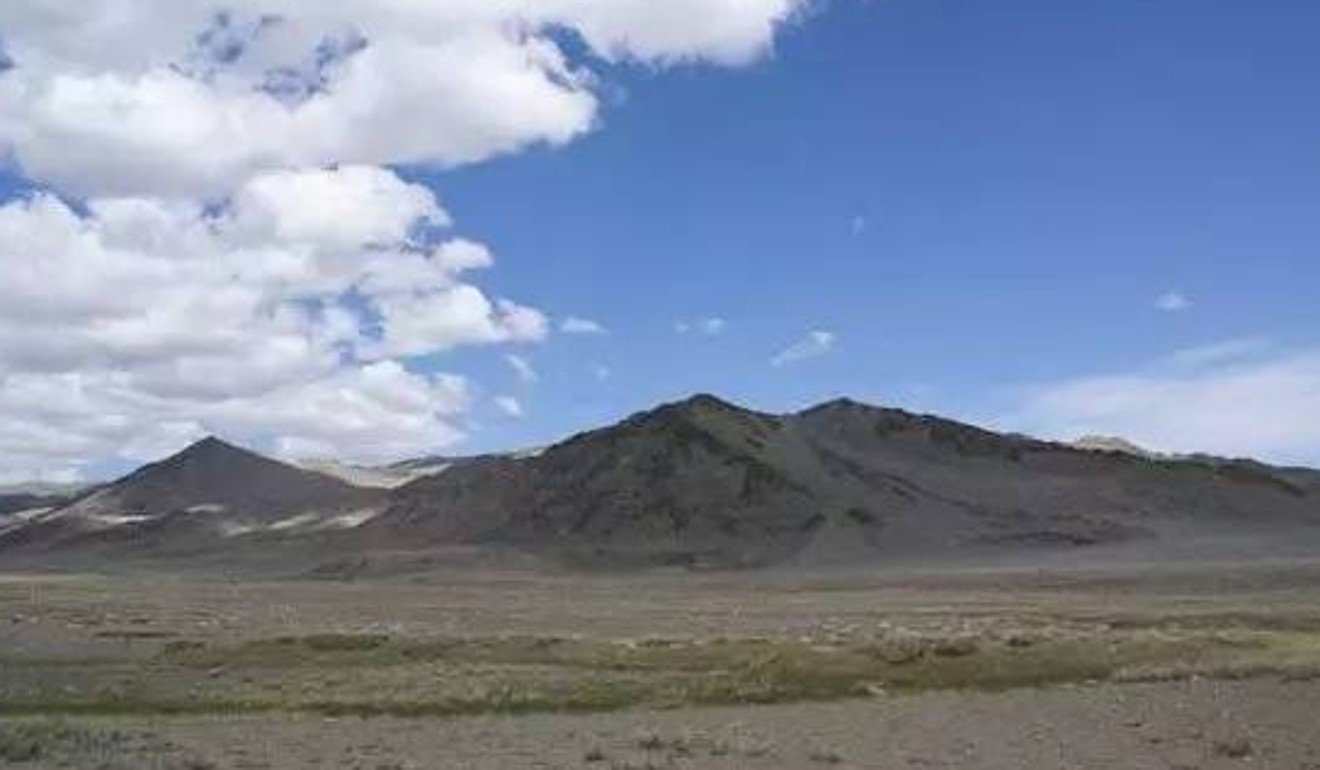
Archaeologists discover story of China’s ancient military might carved in cliff face
Inscription carved into Mongolian mountain in 89AD tells the story of how the Han dynasty defeated the nomadic Huns

An inscription carved into a cliff face in Mongolia almost 2,000 years ago that tells the story of one of China’s greatest military successes has been rediscovered.
Known as the “Inscription on the Ceremonial Mounding at Mount Yanran”, the work was created by historian Ban Gu in 89AD in the Khangai Mountains of central Mongolia. It was rediscovered by a team of archaeologists from Mongolia’s Genghis Khan University and China’s Inner Mongolia University during a joint expedition that ended on August 1.
The researchers said in a press release that the find could shed new light on a critical point in ancient Chinese history when the Han dynasty, at the height of its power, delivered a devastating defeat to the nomadic Huns.

Lead archaeologist Professor Chimeddorji from Inner Mongolia University said his team was able to confirm the discovery after carrying out painstaking research at the site.
“We took photos and rubbings of the inscription to determine what the fragments of text meant,” he said.
“Then we compared each character engraved on the cliff face with the text in historical records, and saw that 220 out of the 260-odd words we found matched the text exactly. From our results, we could figure out that it was the work of Ban Gu.”
The breakthrough could have a significant influence on Chinese historical and geographical studies, especially in the field of ancient Sino-Mongolian relations.
“First of all, it confirms the accuracy of Han dynasty historical records relating to Ban Gu’s text,” Chimeddorji said.

“We can now pinpoint the exact location of the ancient Mount Yanran and the movements of the Huns. And from this, we can find the corresponding locations of other landmarks recorded in Chinese historical texts, and do deeper research into how the Han actually defeated the Huns,” he said.
General Dou Xian’s victory, which saw the Huns driven from the Mongolian Plateau, had a lasting influence on Chinese history and culture, and ended centuries of conflict between the two civilisations.
The whereabouts of Ban’s account became lost over time, but his work never lost its meaning. A symbol of the military might of the Han dynasty, it has appeared frequently in Chinese texts and passed through the generations as oral tradition.
Tang dynasty poet Wang Wei wrote in 737AD: “In the vast desert, a solitary smoke rises vertically; on the long river, the setting sun is round. I come upon a scouting cavalry at Xiao barrier, who tells me his leader has already conquered Yanran.”
It was also mentioned by Song dynasty literary figure Fan Zhongyan in the 11th century.
“I hold a cup of a rustic wine, yet home is 10,000 miles away; since the Mount Yanran rock is not carved (the war is not won yet), I am obliged to stay,” Fan wrote.
Mount Yanran has become a symbol of power and researchers have been searching for Ban’s inscription for a millennium.
Chimeddorji said that a team of Mongolian researchers stumbled across what they believed to be Ban’s inscription in 1990. In the years that followed, several teams from Mongolia and around the world tried to retrace their steps, but it was not until this year that one managed to do so. The successful trip had been three years in the planning.
The joint project was also the first to involve native Chinese speakers, which meant the team was able to properly decipher and corroborate the text.
Gu Ruma, deputy director of the Centre for Mongolian Studies at Inner Mongolia University, told the Post that the expedition team is currently writing a paper on their discovery and will present it at the Mongolian Historical Studies Society’s annual conference on August 25.